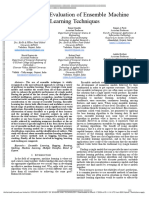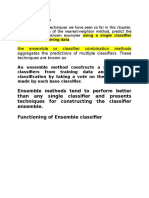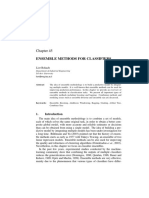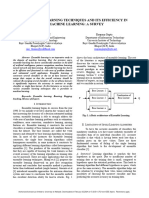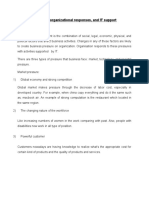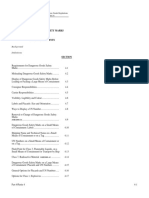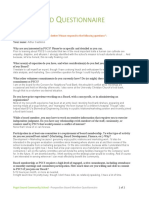0% found this document useful (0 votes)
25 views10 pagesMachine Learnig - Ensembling Model - Lect 9
The document discusses ensemble algorithms in machine learning, highlighting their ability to improve performance, accuracy, and robustness by combining predictions from multiple models. It outlines different types of ensemble methods, including bagging, boosting, stacking, and voting, along with their common algorithms. Stacking is emphasized as a technique that combines multiple models to enhance predictive performance through a meta-model.
Uploaded by
Isaac AcquahCopyright
© © All Rights Reserved
We take content rights seriously. If you suspect this is your content, claim it here.
Available Formats
Download as PDF, TXT or read online on Scribd
0% found this document useful (0 votes)
25 views10 pagesMachine Learnig - Ensembling Model - Lect 9
The document discusses ensemble algorithms in machine learning, highlighting their ability to improve performance, accuracy, and robustness by combining predictions from multiple models. It outlines different types of ensemble methods, including bagging, boosting, stacking, and voting, along with their common algorithms. Stacking is emphasized as a technique that combines multiple models to enhance predictive performance through a meta-model.
Uploaded by
Isaac AcquahCopyright
© © All Rights Reserved
We take content rights seriously. If you suspect this is your content, claim it here.
Available Formats
Download as PDF, TXT or read online on Scribd
/ 10





















